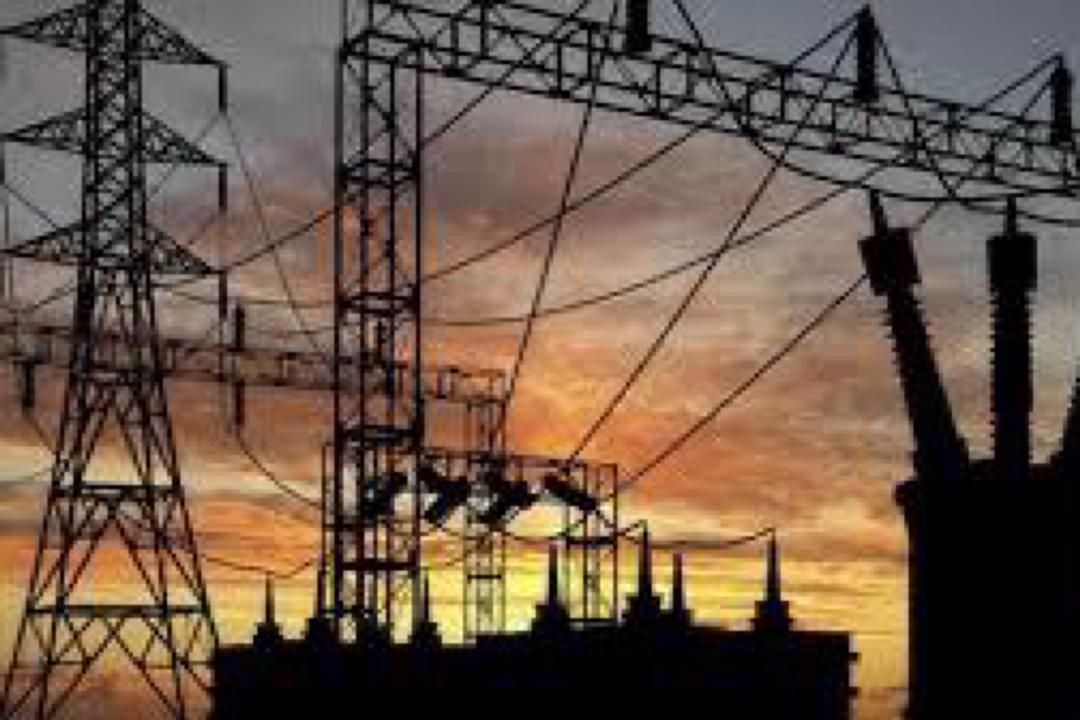By Adeyemi Adekunle
Residents of the Federal Capital Territory (FCT) are set to endure a two-week blackout starting Monday, January 6, as the Abuja Electricity Distribution Company (AEDC) announced an imminent power supply disruption.
The outage, scheduled to last until January 21, is attributed to the relocation of critical infrastructure, including the 33KV DC Airport Feeder and 132KV Kukwaba-Apo Transmission Line Towers, along the Outer Southern Expressway by the Federal Capital Development Authority (FCDA).
In a statement posted on its official X handle on Friday, January 3, the AEDC listed the areas that will be affected by the power outage.
These include Lugbe, Airport Road, Kapwa, NNPC, Games Village, National Stadium, Eye Clinic, Indoor Complex, Christ Embassy Church, American International School, Spring Court, American Embassy Quarters, EFCC Headquarters, Coca Cola, Railway, and Federal Medical Centre (FMC), Jabi. Other affected areas span parts of Apo, Gudu, Gbazango, Kubwa, Bwari, Jahi, Jabi, Karu, Nyanya, Mararaba, and Keffi.
The AEDC apologized to the affected residents, acknowledging the inconvenience the blackout would cause. However, the company emphasized that the infrastructure relocation is necessary to facilitate ongoing urban development projects in the FCT.
This planned outage has sparked concerns among residents and businesses, especially as power outages have become a recurring challenge across the FCT and Nigeria at large.
Many households and businesses are bracing for a difficult two weeks, with reliance on alternative power sources like generators expected to surge.
The upcoming blackout highlights a broader electricity crisis in Nigeria, where consistent power supply remains elusive.
In 2024 alone, the national grid collapsed 11 times between February and December, as reported by Lens AfricaTV. These grid failures left many parts of the country in darkness, severely impacting households, businesses, and critical sectors like healthcare.
The most recent grid collapse occurred on December 11, plunging large swathes of the nation into darkness and drawing widespread criticism of Nigeria’s electricity infrastructure.
Businesses, particularly those in the small and medium enterprise (SME) sector, have suffered significant losses due to unreliable power supply. The healthcare sector, heavily reliant on electricity for critical services, has also borne the brunt of these outages.
Despite these challenges, the AEDC has pledged to improve service delivery in its operational areas. In recent months, the company has completed and installed additional 33KV feeders to boost power supply to its customers.
The AEDC has sought partnerships with security outfits to prevent frequent attacks on its facilities, which have also contributed to service disruptions. However, financial constraints remain a significant hurdle.
In a bold move last year, the AEDC threatened to disconnect electricity supply to high-profile debtors, including police headquarters and army barracks, in an effort to recover outstanding payments.
For FCT residents, the looming blackout is yet another reminder of Nigeria’s persistent energy woes.
“We’re tired of living like this,” lamented a shop owner in Lugbe. “Every time there’s an outage, we lose money because we have to run generators. The government needs to do better.”
Others expressed frustration over the timing of the disruption, with many arguing that a two-week outage is excessive and poorly planned.
“How are we supposed to run our lives or businesses? The authorities should have found a way to minimize the impact on residents,” a resident in Jahi stated.
As Nigeria grapples with its power challenges, experts have called for urgent reforms to modernize the country’s electricity infrastructure. While efforts like infrastructure upgrades and improved service delivery by companies like AEDC are commendable, they represent only a fraction of the systemic overhaul required to ensure stable and reliable power supply for all Nigerians.
In the meantime, FCT residents must prepare for yet another test of resilience as they navigate life under the strain of a prolonged power outage.




